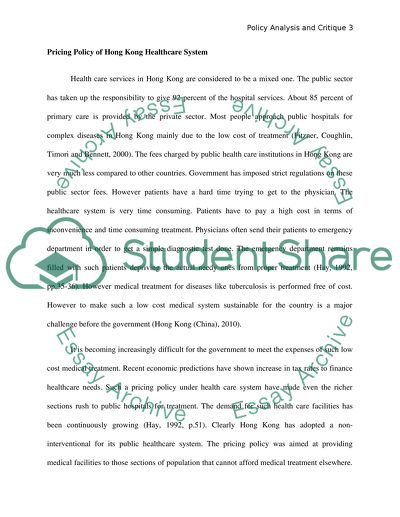Cite this document
(“Policy of Hong Kong in Healthcare System Essay Example | Topics and Well Written Essays - 3000 words”, n.d.)
Retrieved from https://studentshare.org/nursing/1394288-policy-of-hong-kong-in-healthcare-system
Retrieved from https://studentshare.org/nursing/1394288-policy-of-hong-kong-in-healthcare-system
(Policy of Hong Kong in Healthcare System Essay Example | Topics and Well Written Essays - 3000 Words)
https://studentshare.org/nursing/1394288-policy-of-hong-kong-in-healthcare-system.
https://studentshare.org/nursing/1394288-policy-of-hong-kong-in-healthcare-system.
“Policy of Hong Kong in Healthcare System Essay Example | Topics and Well Written Essays - 3000 Words”, n.d. https://studentshare.org/nursing/1394288-policy-of-hong-kong-in-healthcare-system.


